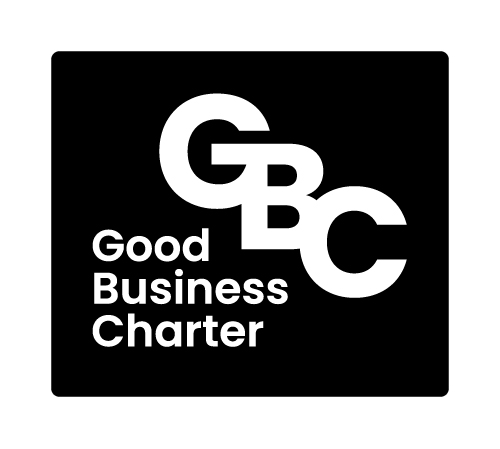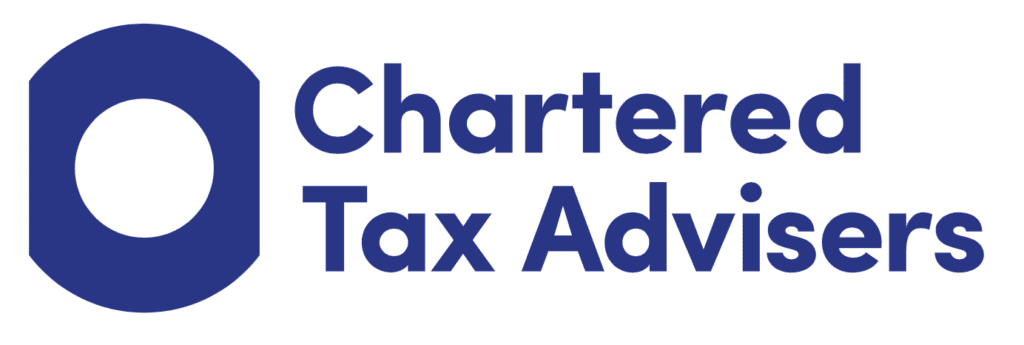Once you’ve decided to issue shares to your employees (rather than issue them with options, or transfer shares from existing shareholders) there are important steps that need to be followed.
First, make sure you have a tax adviser. There are many trip-wires, such as who actually constitutes an employee, and how the shares will be taxed. Get this wrong and the company and the employee could find themselves landed with a big tax bill.
Check articles and shareholders’ agreement
All companies have articles of association (referred to as “articles”) and most companies will have shareholders’ agreements as well.
These may set out steps that need to be followed when you issue shares. In particular, check for:
- Pre-emption rights. The Companies Act 2006 contains statutory rights that protect existing shareholders from being diluted, but sometimes these are disapplied or replaced in the Company’s articles.
- Authority to allot. The articles or a recent shareholder special resolution (75% plus 1 required to pass) will set out a cap on the number of shares that can be allotted. You need to be sure that the shares you want to issue fall within this cap. If not, you’ll need to pass another special resolution to raise the cap.
- Consent rights. Many investors or founders will have consent rights. These are often found in the back of the shareholders’ agreement. Sometimes this gives certain people a veto over your share issue – so make sure you get their approval first!
Update the Articles
The articles set out, among other things, the rights attached to each share (including what dividends are paid and what voting rights they have). If you are happy for employees to have the same rights as you, then you only need one class of share. But if you want them not to be able to vote, or receive a different level of dividend, you’ll want to issue them with a different class of share.
You’ll also want to make sure there is a “drag” right included so that if you want to sell your company in the future, you can “drag” the employee into the sale. Otherwise, they could refuse to sell their shares, and your business could become unsaleable.
Crucially, you will need to think about what happens if the employee subsequently leaves. Should they keep their shares? What happens if they are guilty of gross negligence? Typically articles will include “good leaver” and “bad leaver” provisions, such that if the employee is a bad leaver, their shares convert to Deferred Shares, which have no value.
You don’t want to end up with a disgruntled former employee as a shareholder – trust us!
Shareholders’ agreement
New employee shareholders will need to sign up to the shareholders’ agreement which governs how they behave as shareholders. Typically this will be done by way of a deed of adherence. You should make sure you have this before you issue shares to employees.
Meetings and company filings
When all your documents are drafted, you will hold the board meeting and pass the shareholders’ resolutions to disapply pre-emption rights, raise the authority to allot and issue the shares.
Once this is done, you will want to update your register of members as soon as possible. It is the register of members which actually confers ownership of shares in a company. You will need to file an SH01 with Companies House, and also issue share certificates.
If you’re issuing shares as a reward for work done, the value entered when making the filing should be the value of the work (even though the employee isn’t actually paying for the shares). You should then issue the share certificates to the employee. And please remember that “issuing share certificates” is not the same as “issuing shares”. We don’t make the rules, and the confusing language around shares has been tripping people up for over one hundred years.
That’s why it’s important to get an adviser on board who can help take the stress out of share issues.









